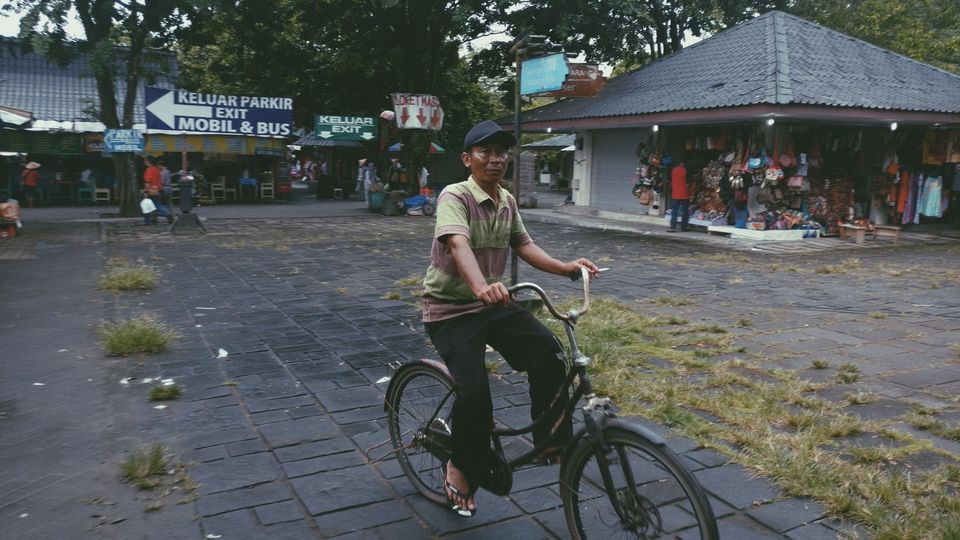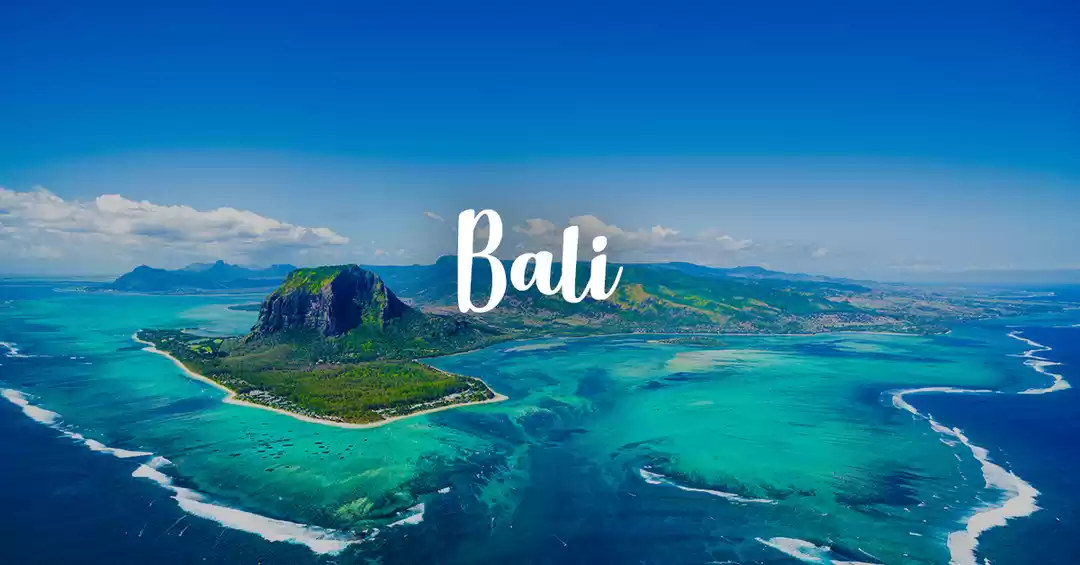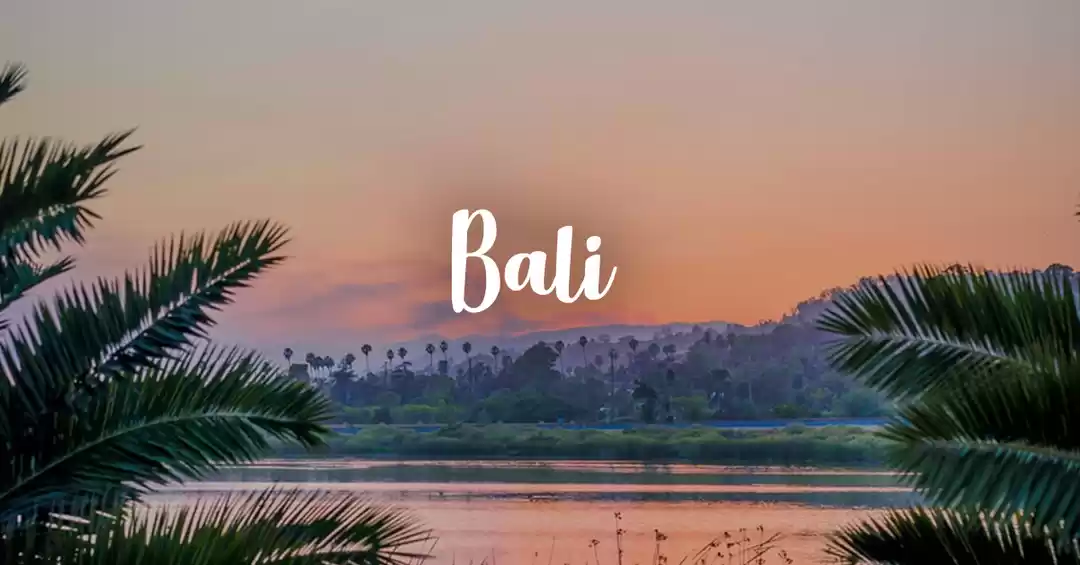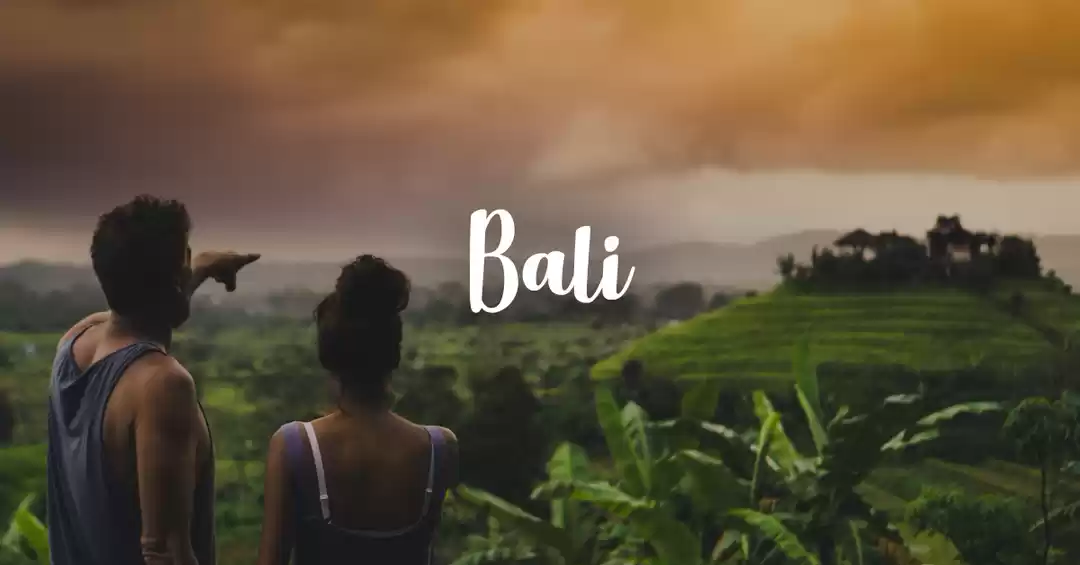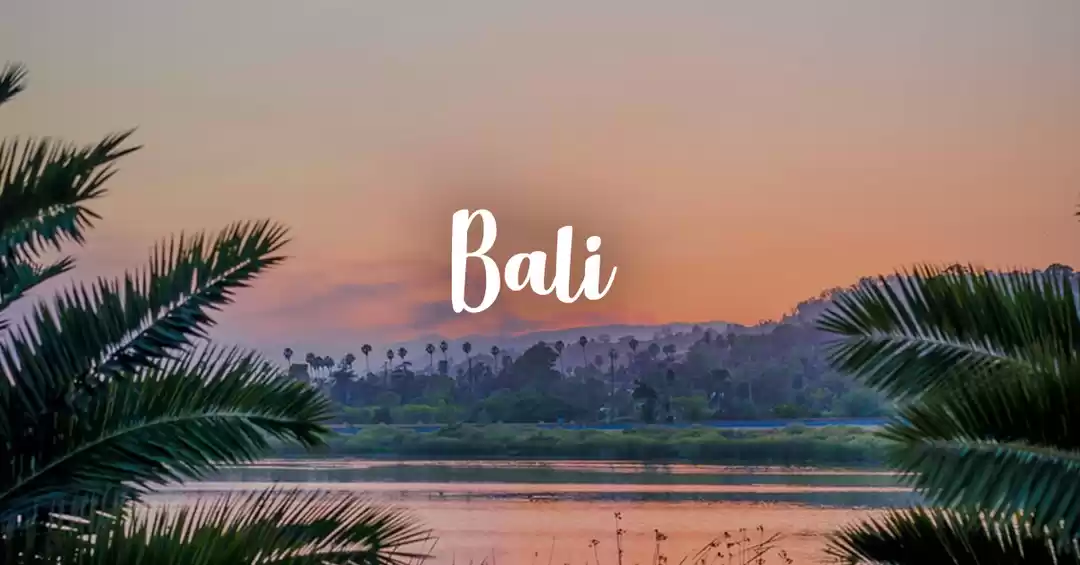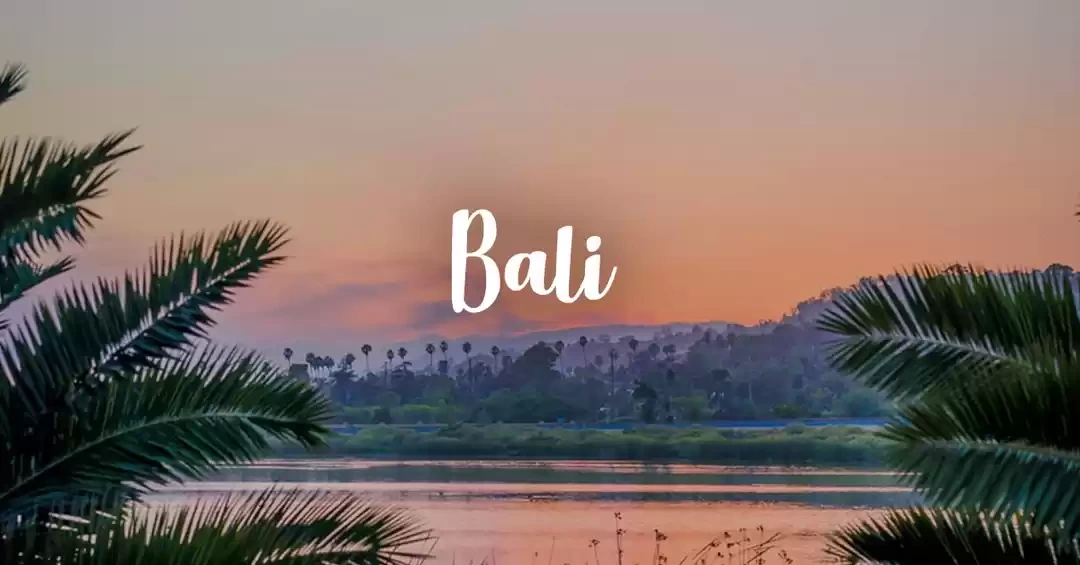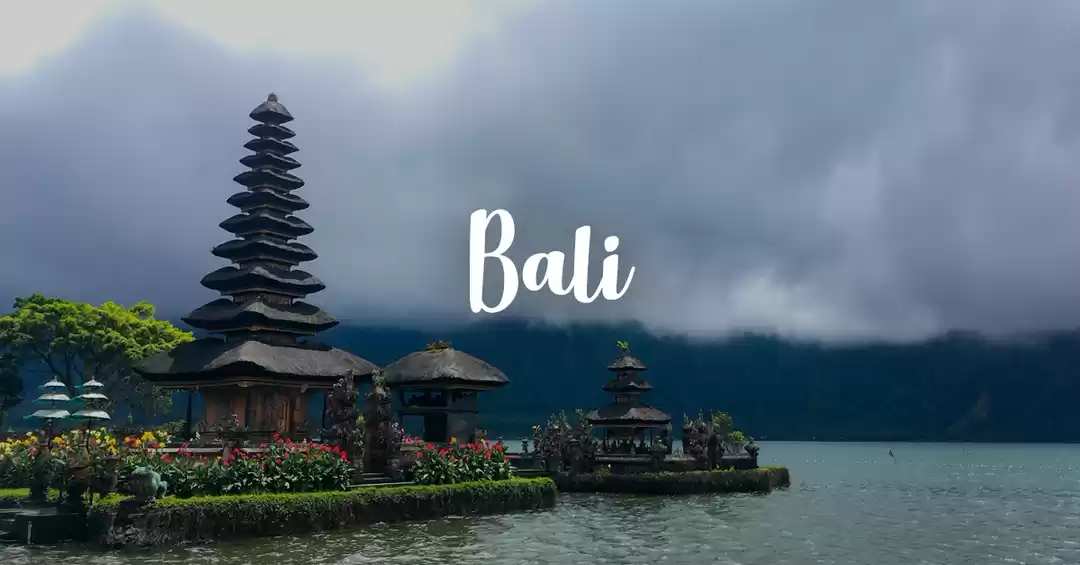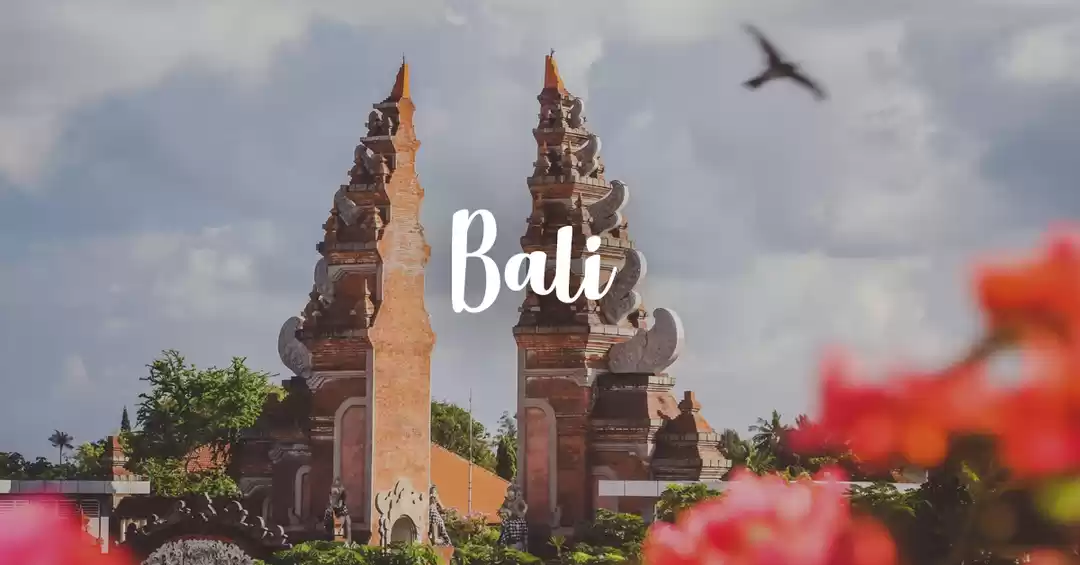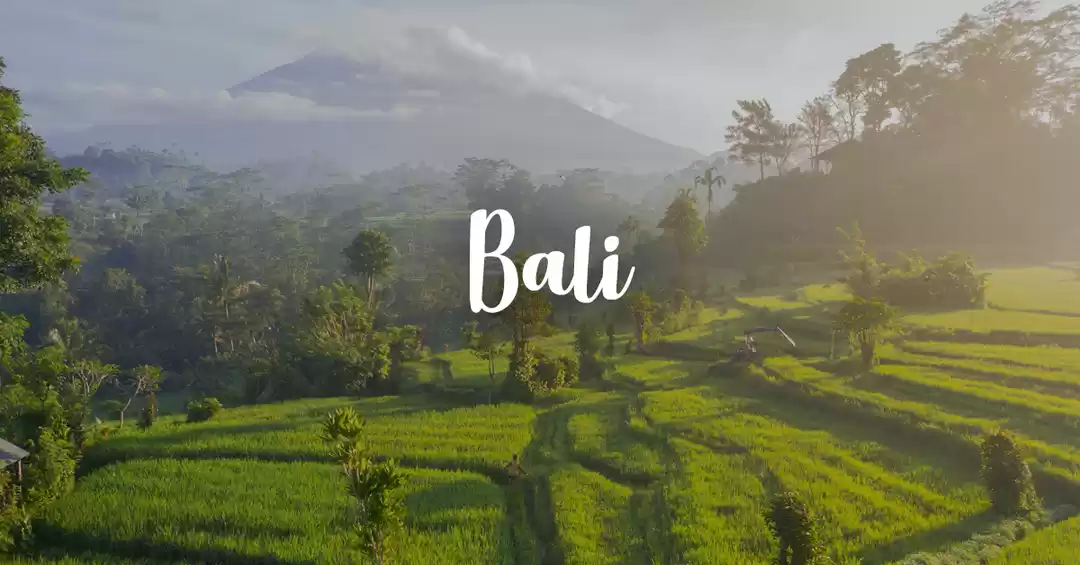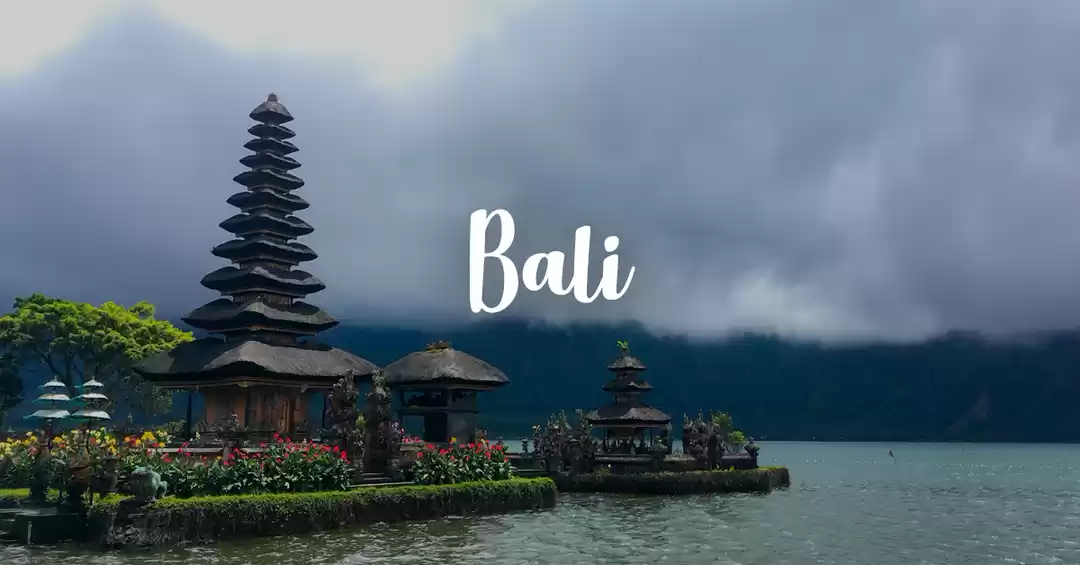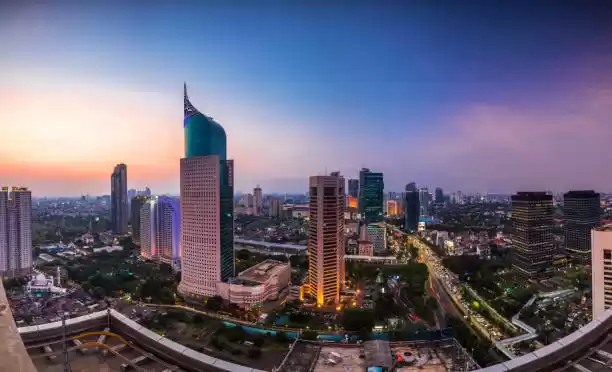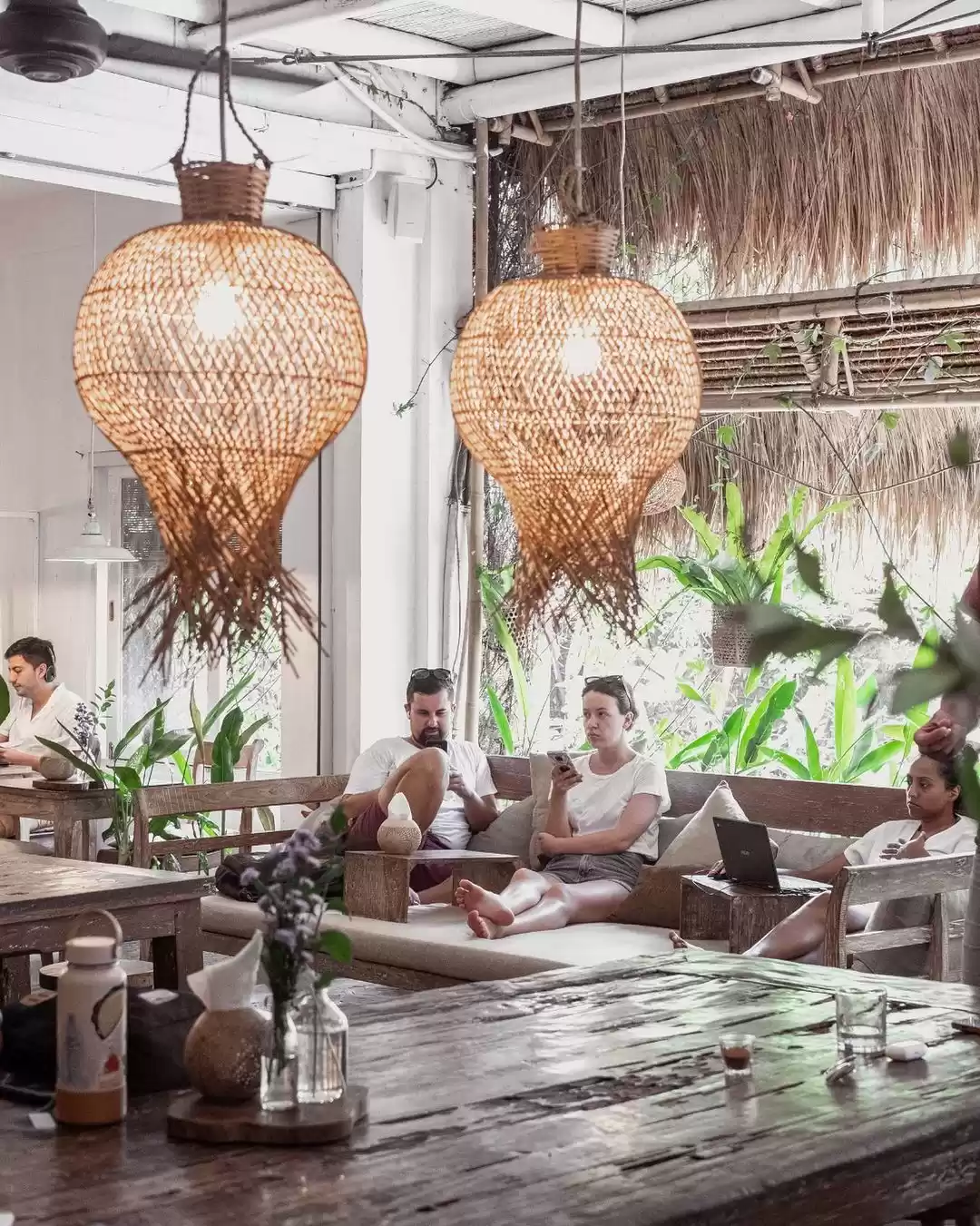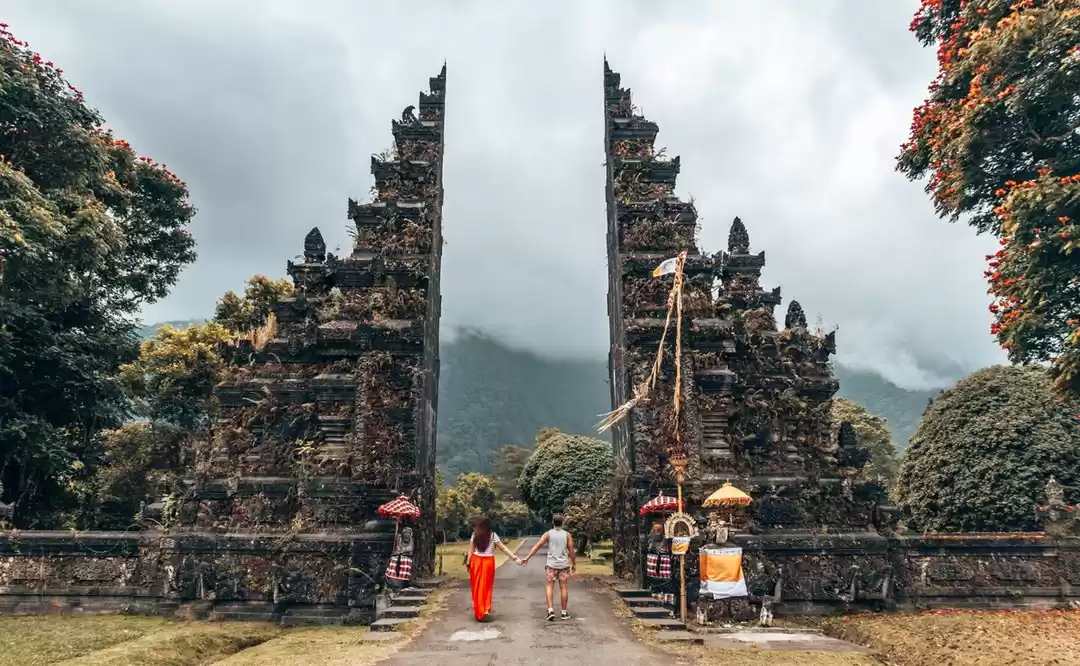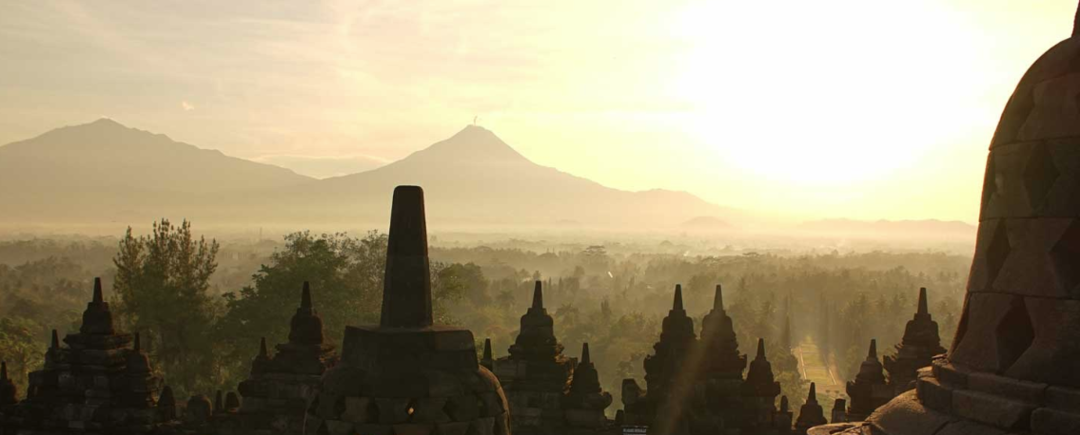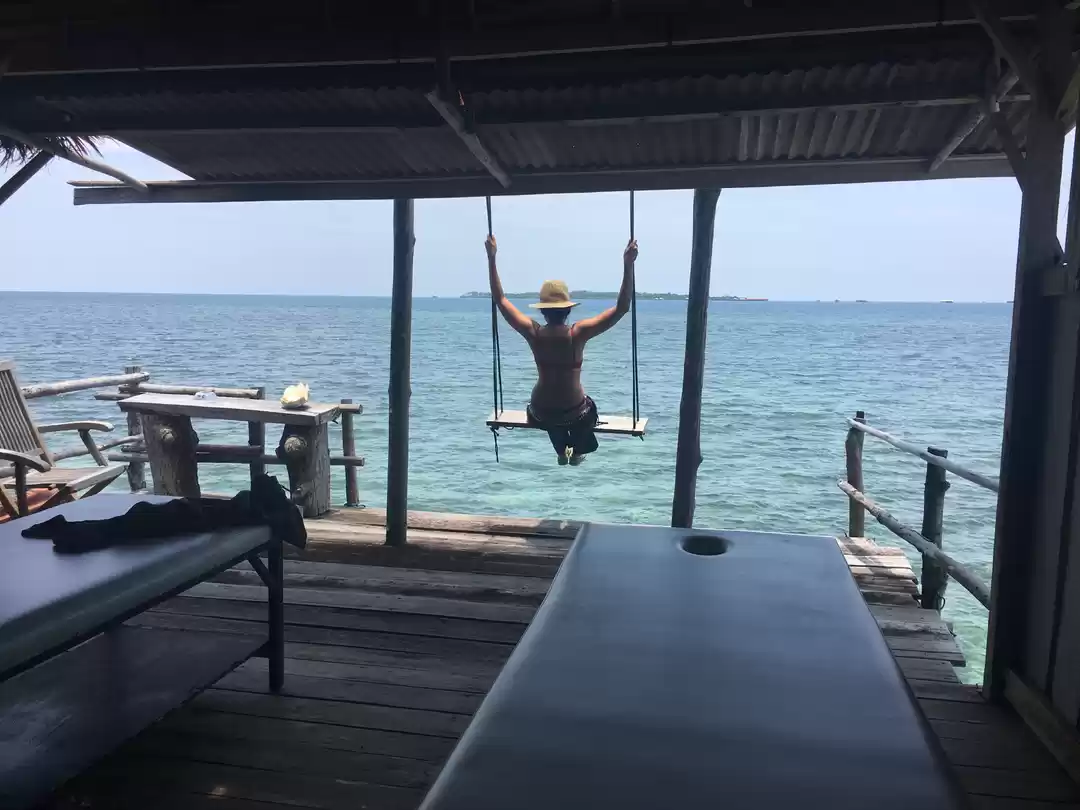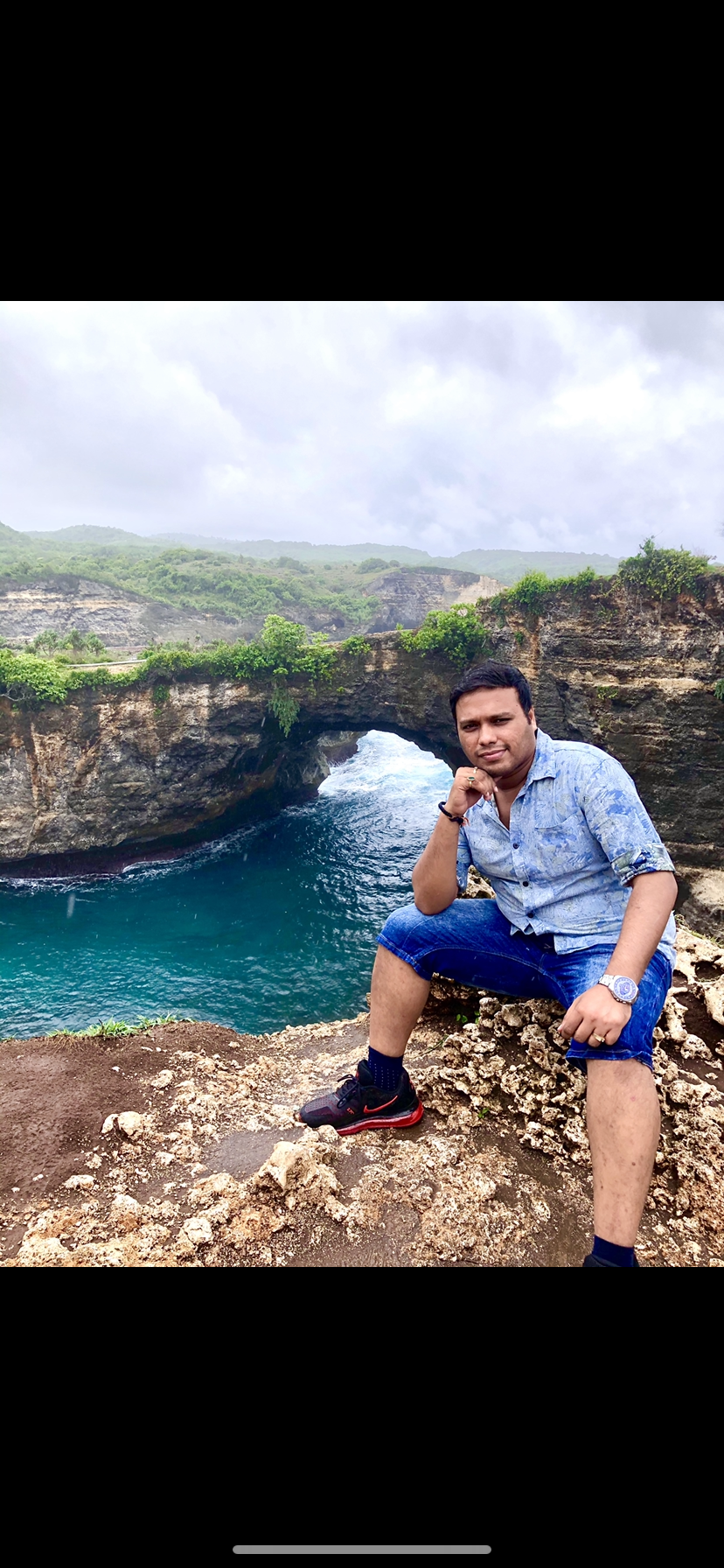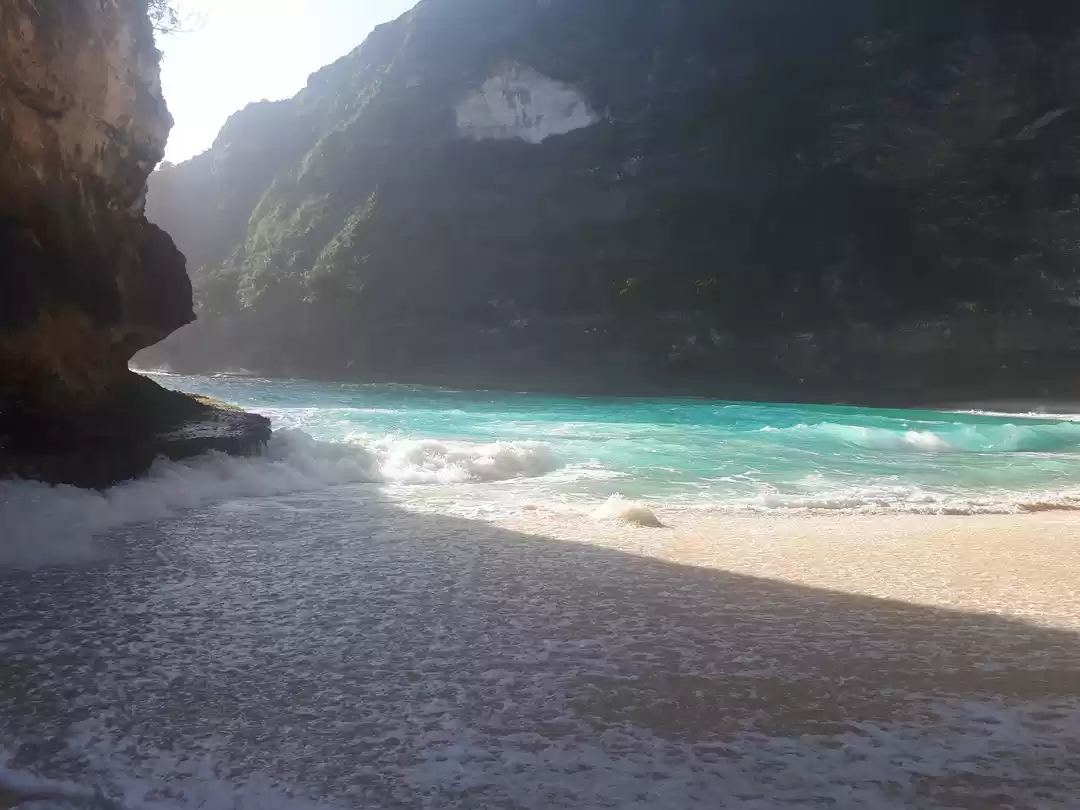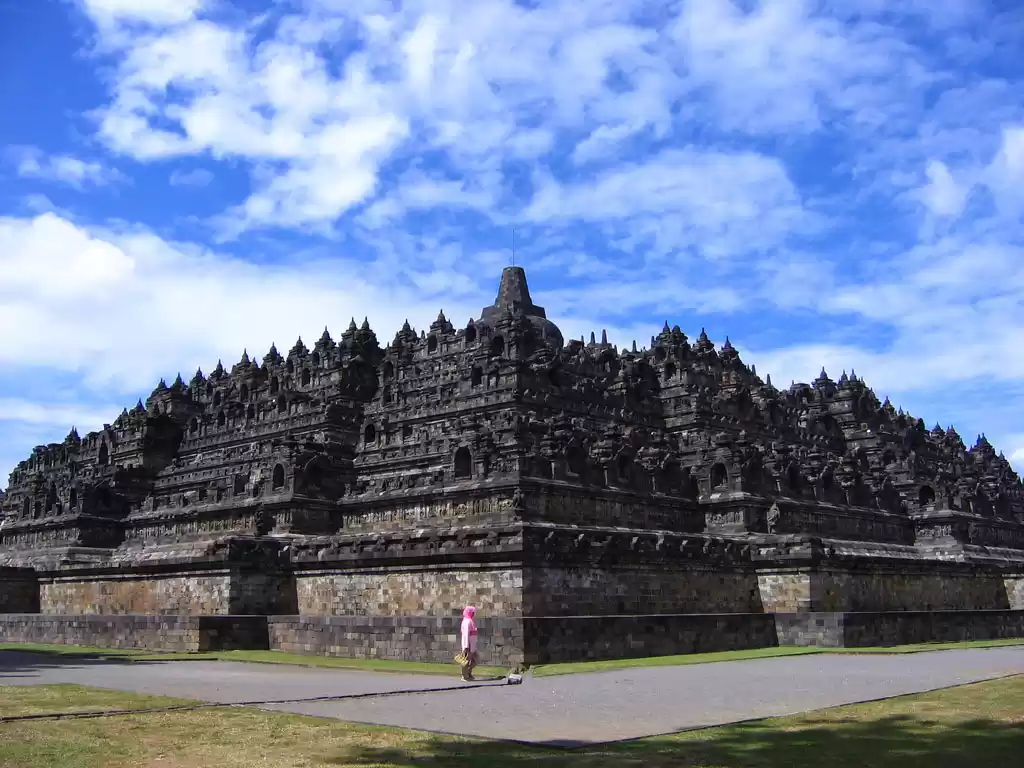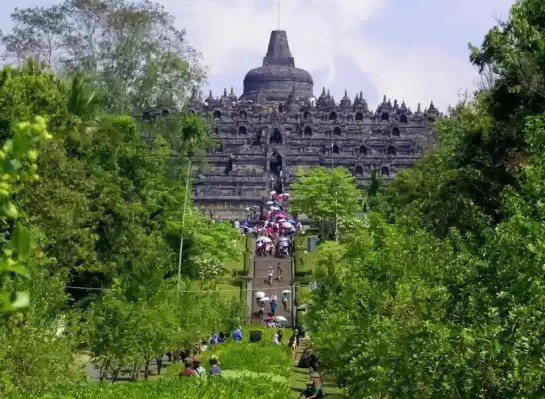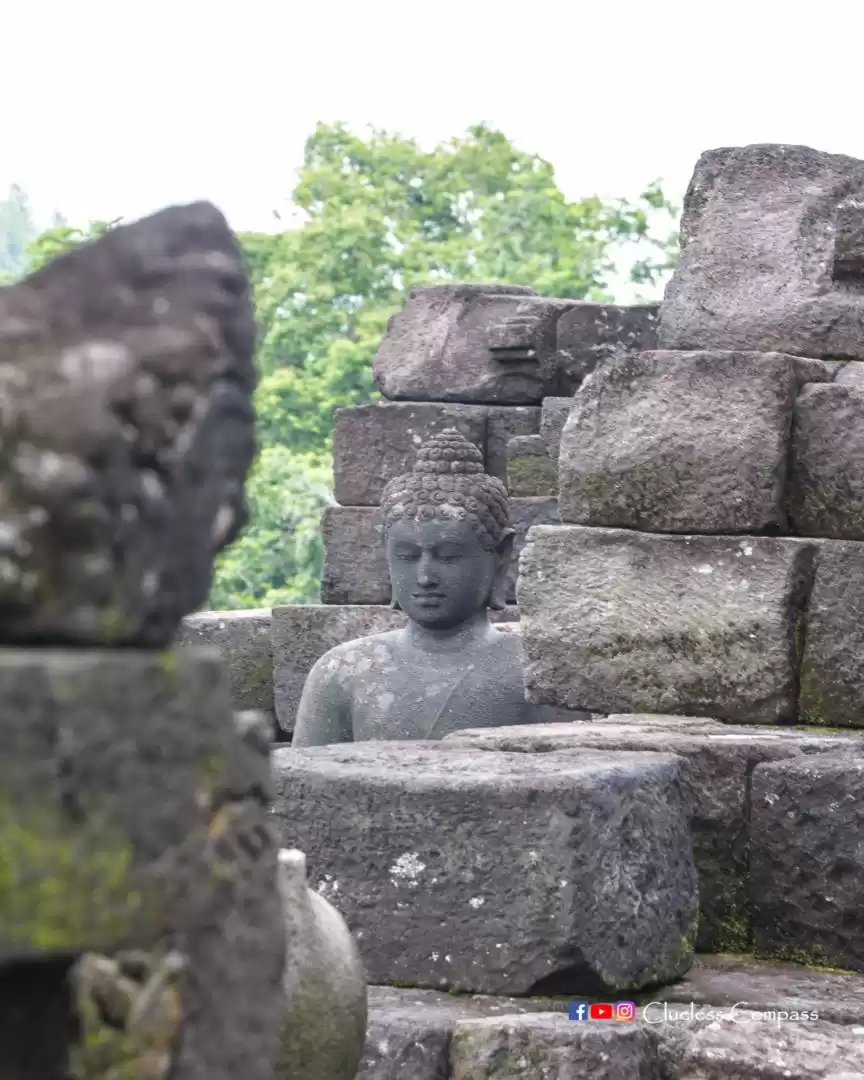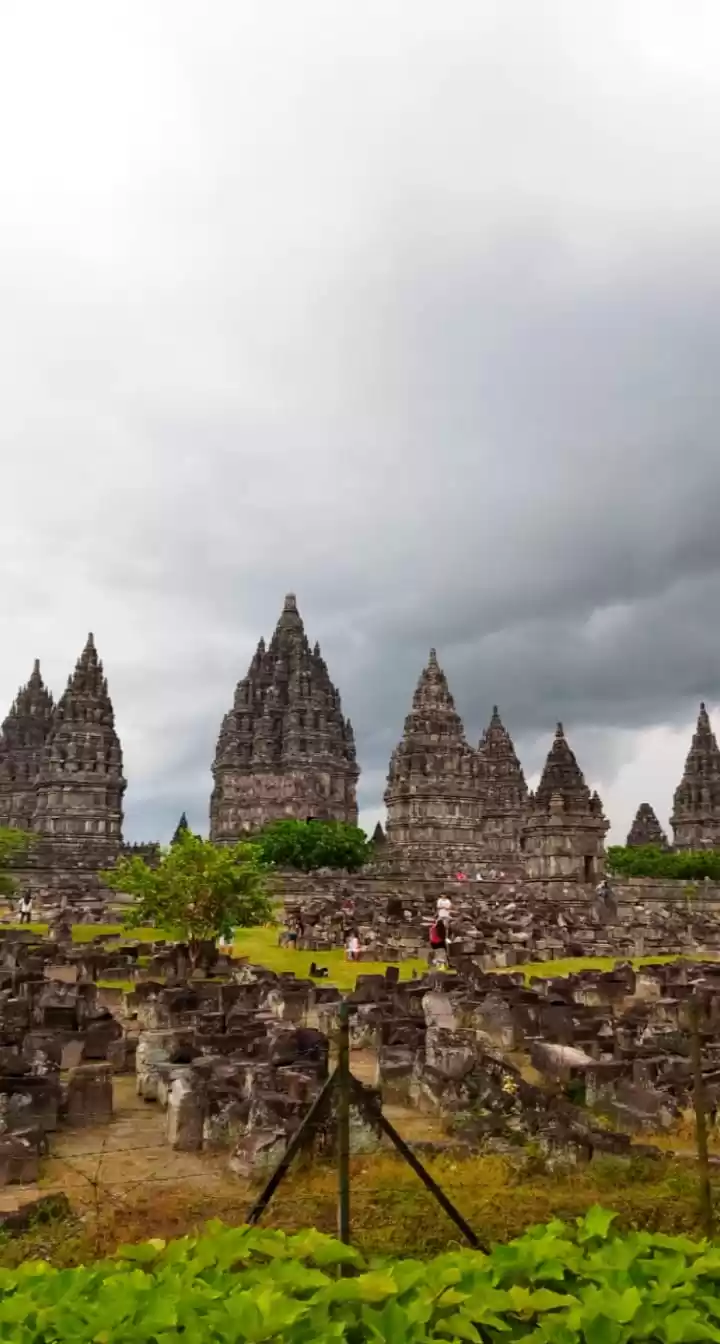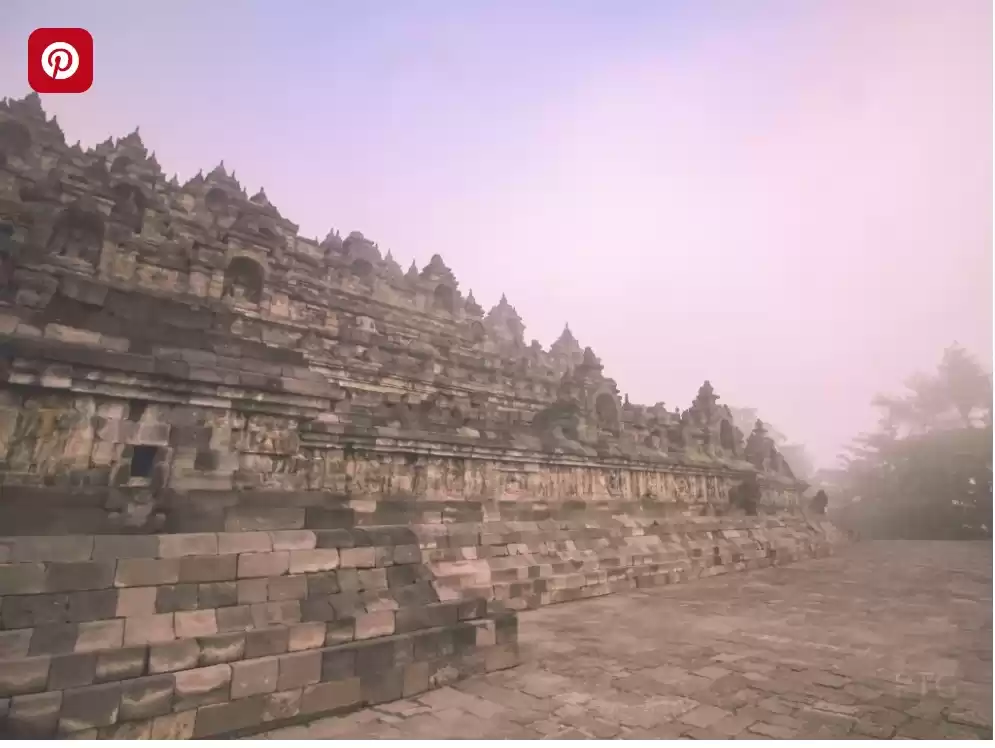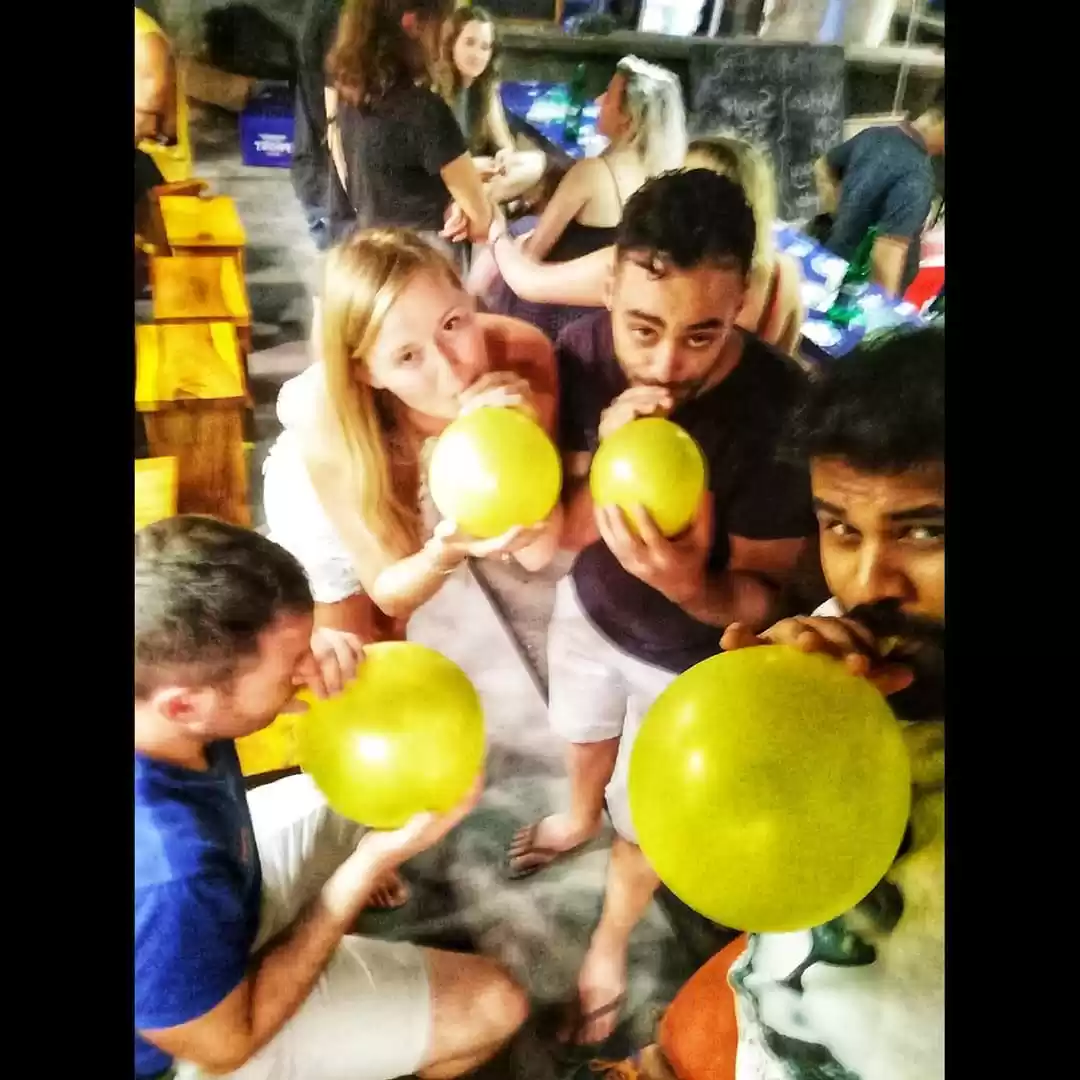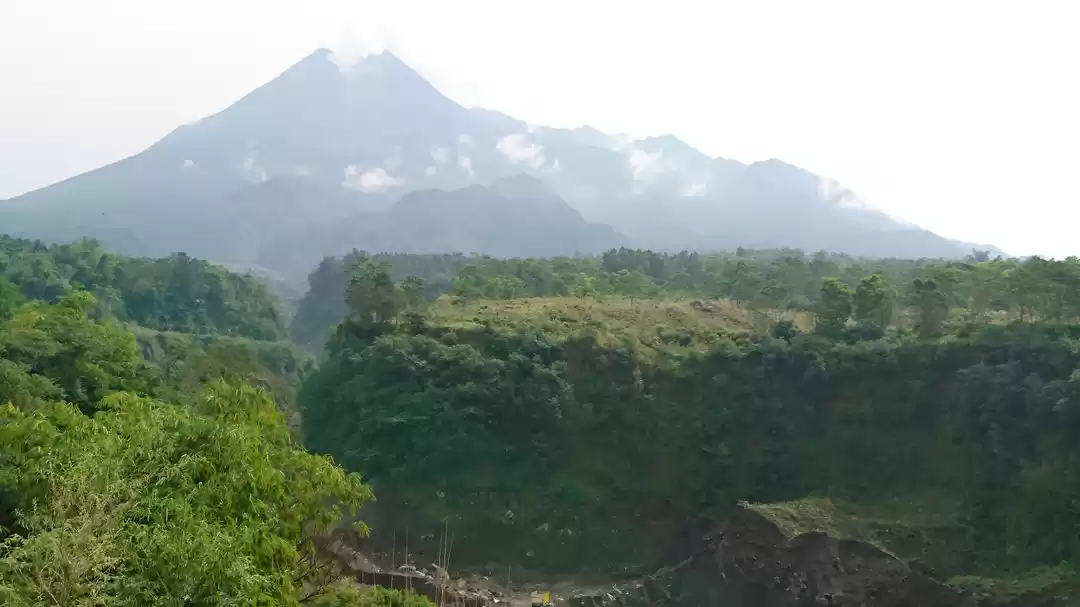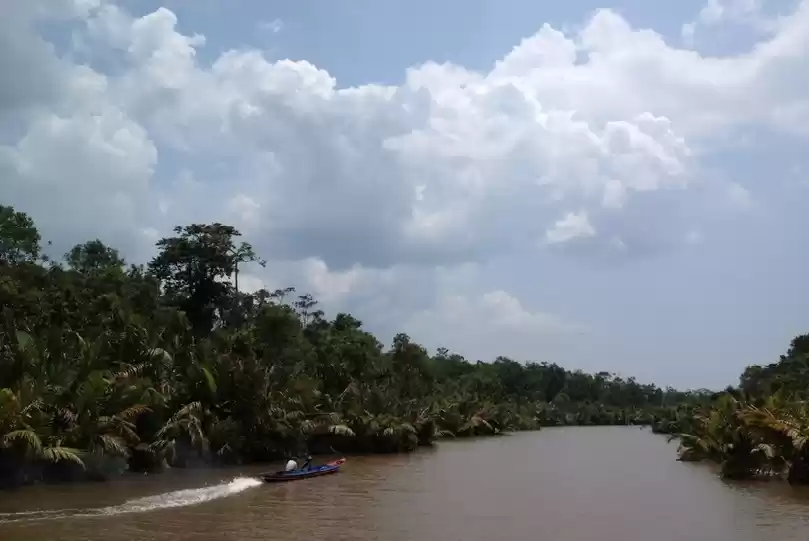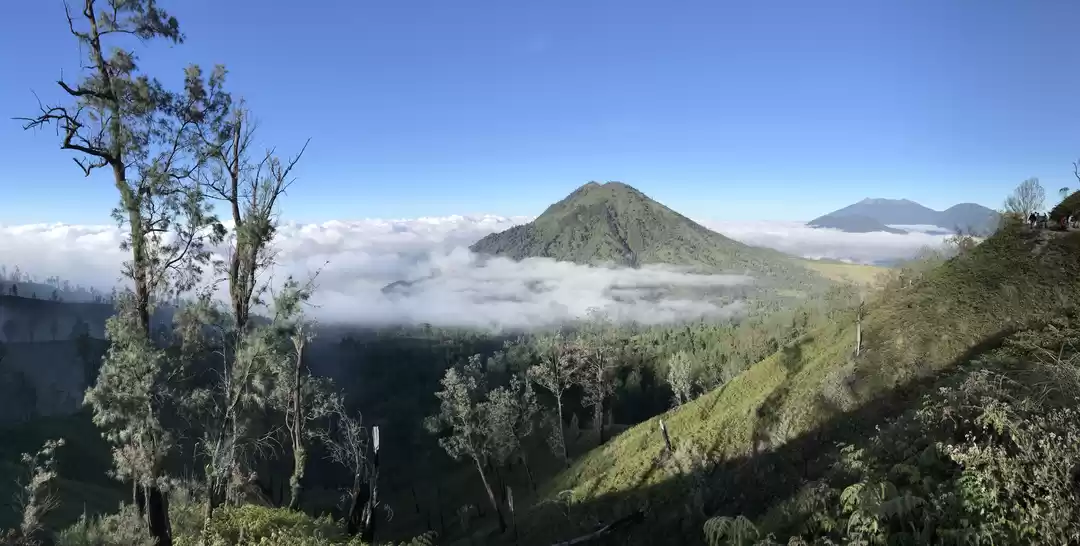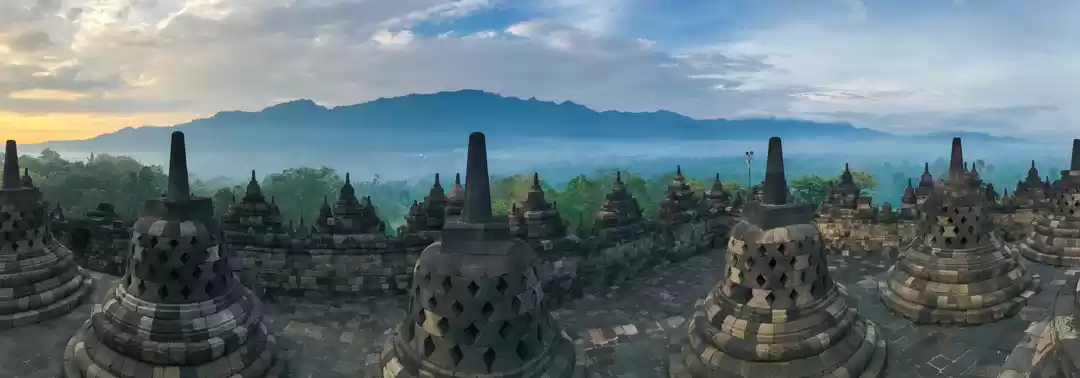Destination : Borobudur - Jawa
Alongside Angkor Wat in Cambodia and Bagan in Myanmar, Java's Borobudur influences whatever is left of Southeast Asia's marvelous locales to appear to be practically coincidental. Approaching out of an interwoven of jug green paddies and influencing palms, this huge Buddhist landmark has survived Gunung Merapi's emissions, fear based oppressor bombs and the 2006 seismic tremor to stay as cryptic and as excellent as it probably been 1200 years back.
It's well worth intending to spend a couple of days in the Borobudur district, which is a remarkably excellent scene of unthinkably green rice fields and customary rice-developing kampung (towns), all disregarded by taking off volcanic pinnacles. Local people call it the Garden of Java.
This area is building up itself as Indonesia's most vital community for Buddhism, and there are currently three cloisters in the encompassing region. Guests are welcome and you can even join the priests at petition time for droning.
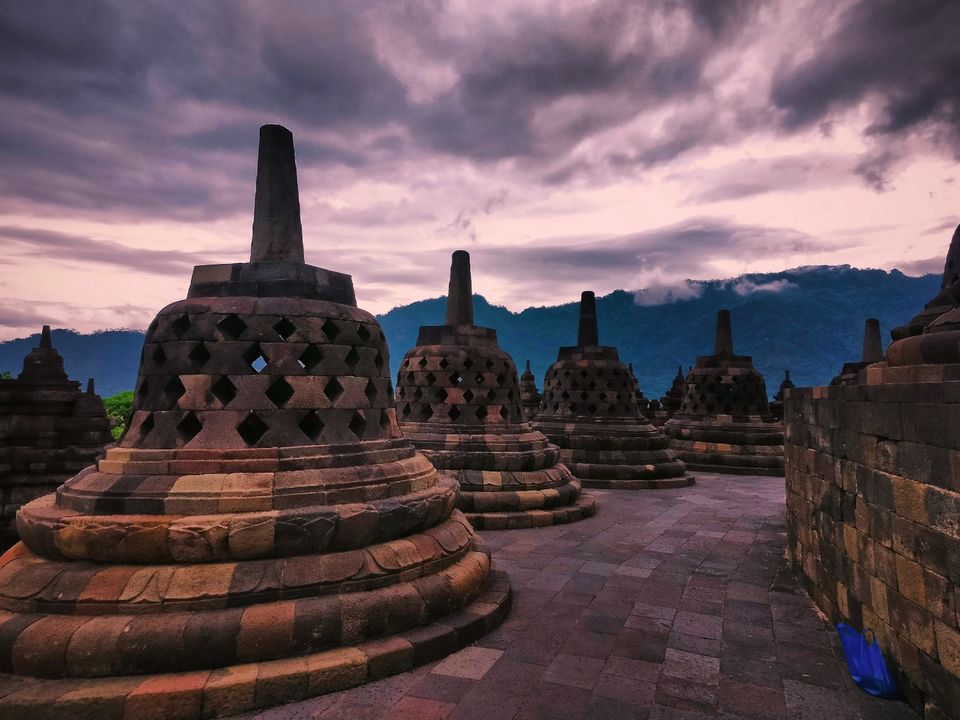
Historical Significance
For a considerable length of time, Borobodur lay covered up under layersof volcanic powder. The purposes for the abandonment of this great landmark still remain a secret. A few researchers trust that starvation caused by an emission of Mount Merapi constrained the tenants of Central Java to abandon their territories looking for another place to live. At the point when individuals by and by occupied this region, the radiance of Borobudur was covered by fiery remains from Mount Merapi. Borobudur was rediscovered in 1814 by Sir Thomas Stamford Raffles who, amid his visit to Semarang, got a report demonstrating the revelation of a slope loaded with many cut stones. The slope was accepted by the neighborhood occupants to be the site of anold landmark called budur. Wagers at that point authorized a group drove by Cornelius to explore the hill.It was in 1835 that the site was cleared. A few endeavors were made to reestablish and safeguard the enormous landmark from that point forward.
Tragically, in 1896 the Dutch frontier government gave away eight compartments of Borobudur stones, including reliefs, statues, stairs, and doors, as presents for the King of Siam who was going by Indonesia.A rebuilding program attempted in the vicinity of 1973 and 1984 returned a great part of the complex to its previous radiance, and the site has since turned into a goal of Buddhist journey. On January 21, 1985, the sanctuary endured minor harm because of a bomb assault. In 1991, Borobudur was recorded by UNESCO as a World Heritage Site.
The Sailendra dynasty built this Largest Buddhist landmark on the planet between AD 780 and 840. The Sailendra are the decision tradition in Central Java at the time. It was worked as a place for lauding Buddha and a journey spot to control humankind from common wants into edification and shrewdness as indicated by Buddha.
Borobudur worked in the style of Mandala which symbolizes the universe in Buddhist educating. This structure is square formed with four passage point and a round focus point. Working from the outside to the inside, three zones of cognizance are spoken to, with the focal circle speaking to obviousness or Nirvana.
Zone 1: Kamadhatu The phenomenal world, the world inhabited by common people.
Borobudur's concealed Kamadhatu level comprises of 160 reliefs portraying scenes of Karmawibhangga Sutra, the law of circumstances and end results. Representing the human conduct of want, the reliefs delineate looting, slaughtering, assault, torment and criticism.An edge of the covering base has been for all time expelled to enable guests to see the concealed foot, and a portion of the reliefs. Photography of the whole accumulation of 160 reliefs is shown at the Borobudur Museum which is inside the Borobudur Archeological Park.
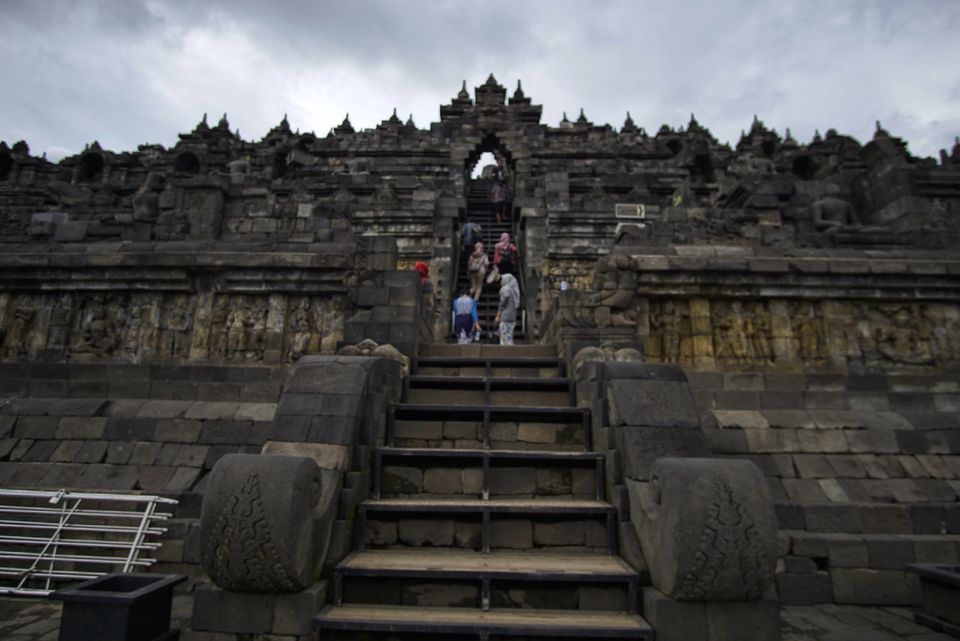
Zone 2: Rapudhatu
The transitional sphere, humans are released from worldly matters.
The four square levels of Rapadhatu contain displays of cut stone reliefs, and also a chain of specialties containing statues of Buddha. Altogether there are 328 Buddha on these balustrade levels which additionally have a lot of simply luxurious reliefs.The Sanskrit compositions that are delineated on this level more than 1 300 reliefs are Gandhawyuha, Lalitawistara, Jataka and Awadana. They extend for 2.5km. Moreover there are 1212 embellishing boards.
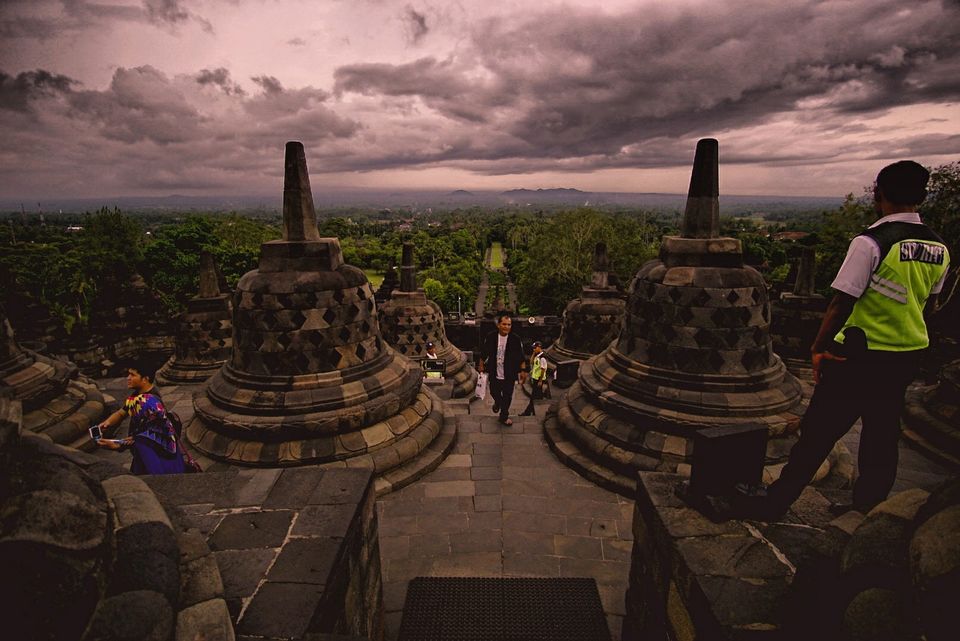
Zone 3: Arupadhatu The highest sphere, the abode of the gods.
The three roundabout porches prompting a focal arch or stupa speak to the transcending the world, and these patios are significantly less resplendent, the virtue of frame is central.
The patios contain circles of punctured stupas, a modified chime shape, containing models of Buddha, who confront outward from the sanctuary. There are 72 of these stupas altogether. The noteworthy focal stupa is right now not as high as the first form, which rose 42m over the ground level, the base is 9.9m in width. Not at all like the stupas encompassing it, the focal stupa is unfilled and clashing reports recommend that the focal void contained relics, and different reports propose it has dependably been vacant.

How to Get There
Large cities with international flights near Borobudur are Semarang and Yogyakarta. Both cities serve flights from Kuala Lumpur and Singapore, but Yogyakarta is closer to Borobudur (40 km) than Semarang (90 km). Another city nearby Borobudur is Magelang (17 km) which has a direct bus route to Borobudur. Major railway hub also only present in Yogyakarta and Semarang. Semarang also has a large port (Tanjung Mas) serving international cruise ships.
Bus from Yogyakarta
From downtown Yogyakarta, you must take a Trans Jogja bus to Jombor bus station. Look up for bus line 2A & 2B to Jombor. From Jombor bus station, take a local bus to Borobudur.
From the Borobudur Terminal you can continue to the Temple on foot or ride pedicab or indonesian horse carriage.
Be advised that the last return bus to Yogyakarta is at 15.00. You can still return to Yogya from Magelang Bus Station where hourly buses to Yogyakarta available until night.
There is a direct bus available from Adisutjipto airport to Borobudur or nearby city Magelang. Look up for "DAMRI" buses.
Private Vehicle from Yogyakarta
Route to Borobudur from Yogyakarta is quite straightforward . First you need to go through Jalan Magelang. The complete route is Jogja - Jl. Magelang - Sleman - Tempel - Salam - Muntilan - Palbapang - Mendut - Borobudur Parking lot. The distance is about 45 km.
The easy way is provided by taxi with a fixed rate of around Rp 300.000
Bus From Semarang
Semarang has a bus rapid transit that can take you to the bus station. From Semarang you have to take an intercity bus bound to Jogja or Magelang. You can stop at Magelang bus station, or the Palpabang intersection. From Magelang you can continue with local bus to Borobudur bus station.
Semarang also have several shuttle services to Jogja or Magelang. The Journey from Semarang to Borobudur will take 3.5 hours.
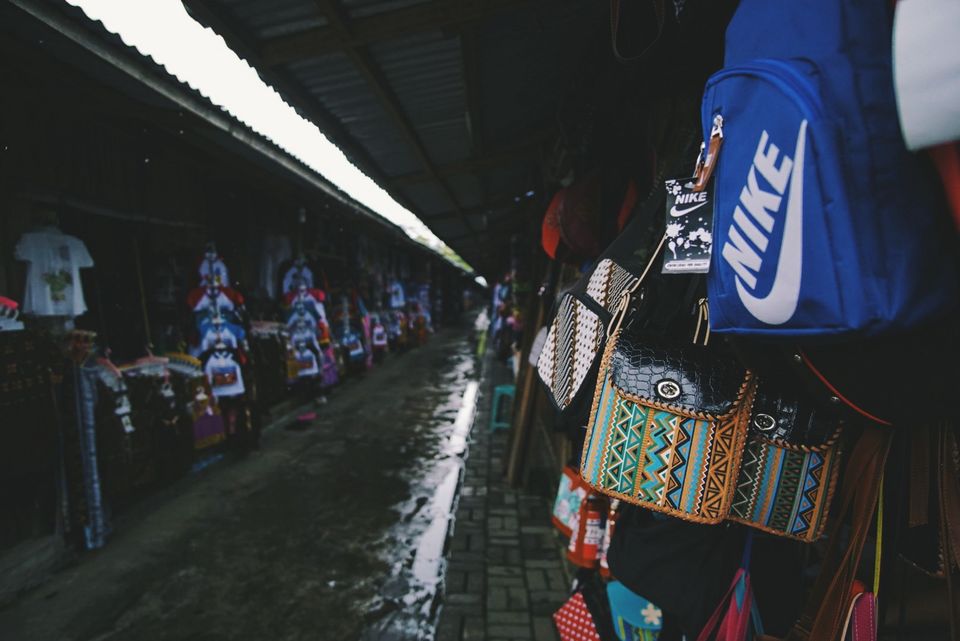
Things to do Make sure you plan the transport well in advance in case you are going to take a cab, cos UBER doesn't operate as expected. Take adequate precautions to your equipments as it rains most of the time except during summer. Good range of options are available for food and beverages. Dont forget to shop from the local vendors, it can make a big difference in their life.
